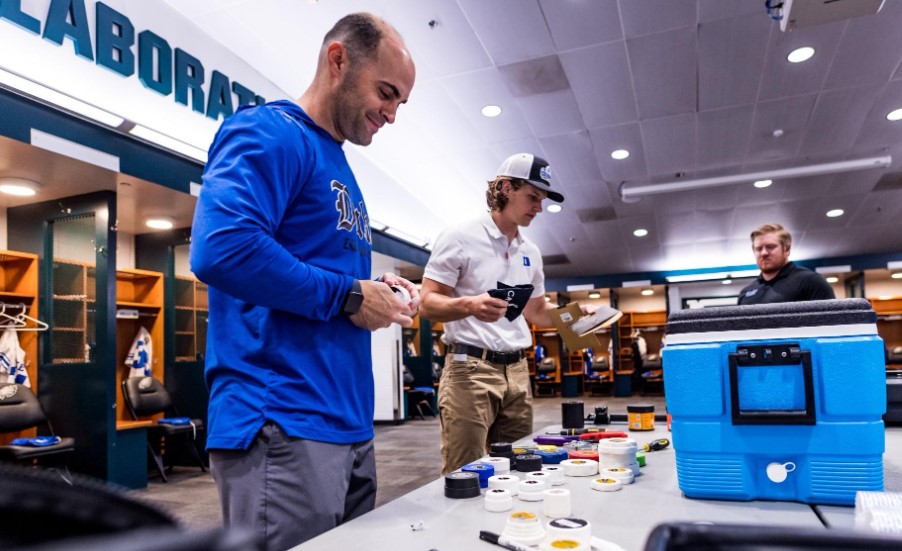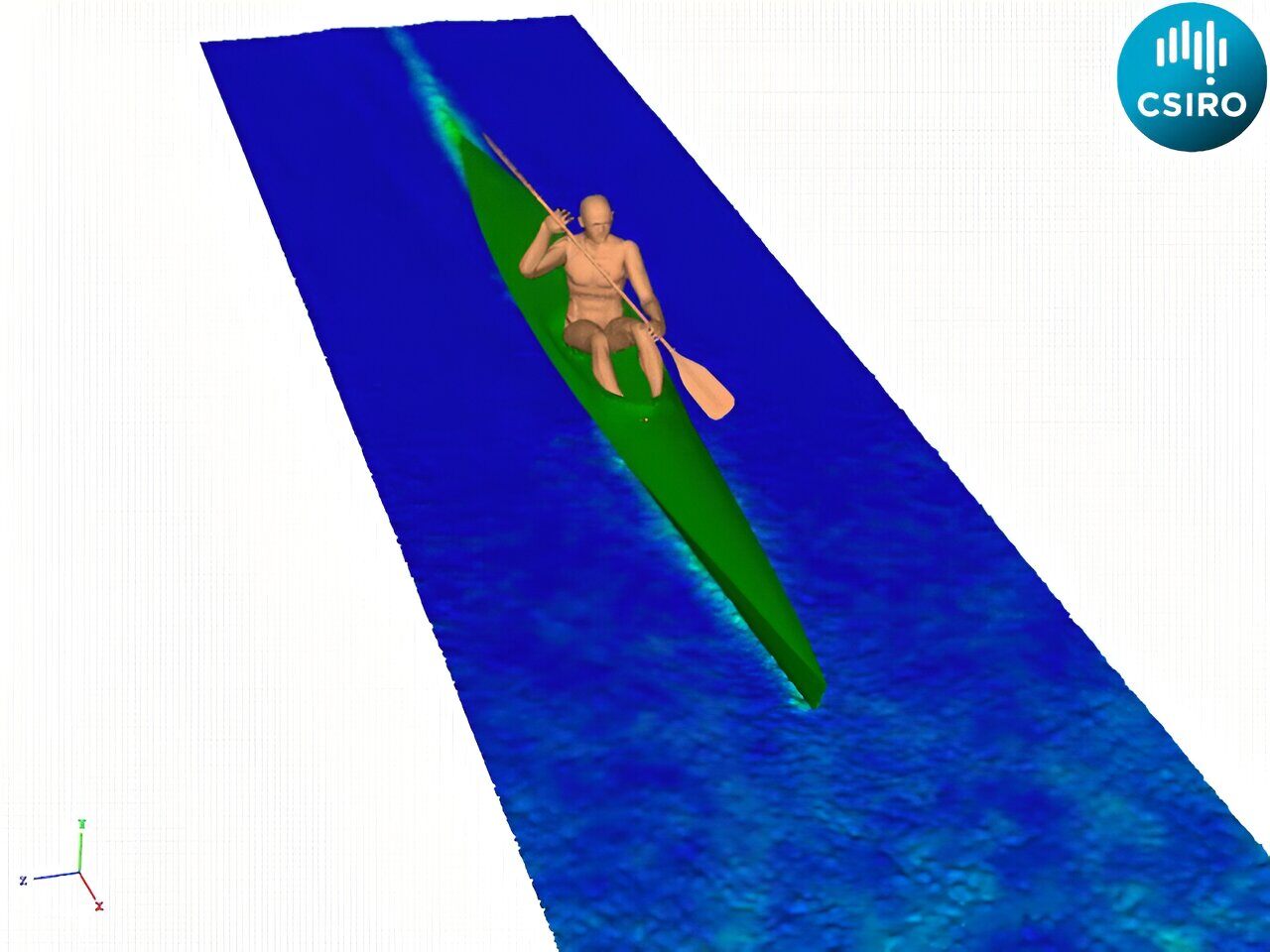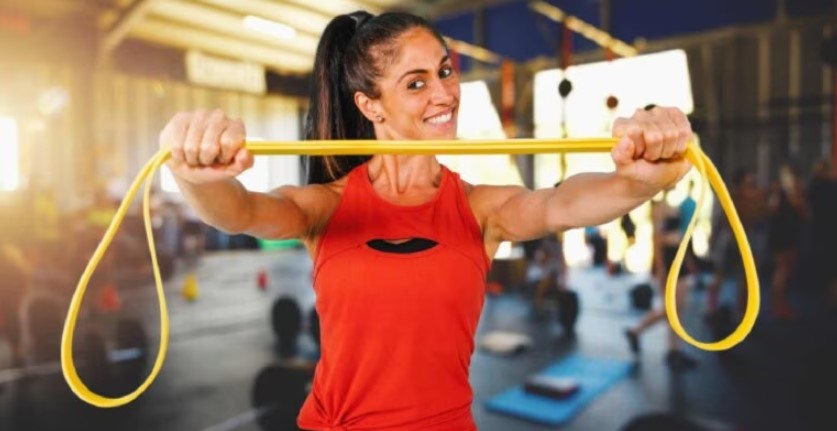Elevating Teams and Preventing Injuries with Analytics

The audience for football games hears about analytics during every broadcast these days - should they go for it on 4th-and-2? Should they kick or go for a 2-point conversion?
At Healthy Roster, we're a firm believer in analytics... but where it can be useful to prevent injuries and not call plays. The reporting available from our EMR helps ATs track injuries and spot trends. So, when we discovered this article, we had to share.
Over at the Syracuse University Athletics Department and the Department of Sport Management in the Falk College of Sport and Human Dynamics, they have initiated an innovative partnership.
They're leveraging the expertise of nearly 50 students majoring in sport analytics to support the coaching and performance staff of 11 men's and women's athletic teams. Mike Mangano, the associate Athletic Trainer for Syracuse’s men’s basketball team, highlights the value of this collaboration.
Mike Mangano, the associate Athletic Trainer for Syracuse’s men’s basketball team, highlights the value of this collaboration.
"My philosophy is, do the work on the front end. If you can prevent injuries...then (the analytics) are working for us.”
This approach has already shown success in reducing soft tissue injuries among the men's soccer team by optimizing player workload through data analysis.
The collaboration was sparked by conversations between Mangano and Francesco Riverso, the program manager for Sport Analytics. Their shared interest in analytics and sport performance led to the integration of sport analytics students in team operations, starting with the men's soccer team in 2022, which subsequently won the Division I national championship.
Ian McIntyre, the men’s soccer head coach, emphasizes the crucial role of student analysts:
"The student analysts are responsible for collecting and interpreting all GPS data and providing detailed post-match and post-training reports. These reports are presented to the coaching staff with concise information that enables us to make objective decisions around training load and managing student-athletes’ minutes in games."
Sport analytics students have expanded their involvement to multiple teams, including women's and men's basketball, field hockey, football, ice hockey, lacrosse, soccer, softball, and track and field.
Danielle Napierski, a second-year student working with the women’s basketball team, shares her enthusiasm:
“This was a perfect opportunity to start utilizing my knowledge and applying what I learned in the classroom."
Tommy Powell, assistant provost for student-athlete academic development, and John Wildhack, Director of Athletics, both see this partnership as a long-term commitment, merging athletics with data analysis to enhance decision-making and competitive performance.
Rodney Paul, director of the Sport Analytics program, praises the real-world experience offered to students. Second-year student Dan Griffiths reflects on his decision to join Syracuse, driven by this unique opportunity:
“This is exactly why I came to Syracuse...I saw that I could have this opportunity as long as I had the initiative to take it on myself.”
This partnership not only provides valuable hands-on experience for students but also significantly contributes to the strategic and performance aspects of Syracuse University's athletic teams.
And it helps them prevent injuries. Sophomore Dan Griffiths explains:
“My whole goal was to try to take their training data and make some predictions about how they can optimize their training to prevent injuries, make sure they’re not overtraining, and make sure they’re peaking at the optimal times at the end of the season for those big competitions.”
Check out the full story!
![HR Logo [Recovered]_Full Color Vertical-1](https://blog.healthyroster.com/hs-fs/hubfs/HR%20Logo%20%5BRecovered%5D_Full%20Color%20Vertical-1.png?width=199&height=178&name=HR%20Logo%20%5BRecovered%5D_Full%20Color%20Vertical-1.png)
 By
By


